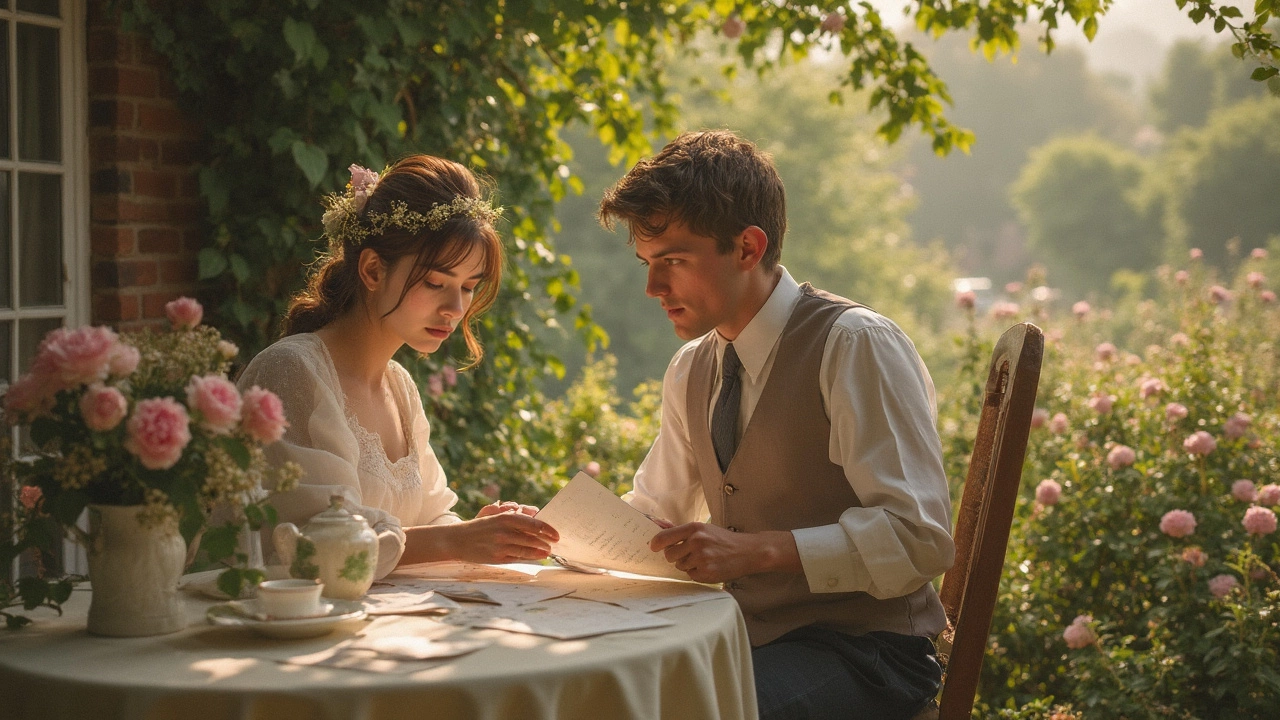Wedding Cost Guide: How Much to Spend and Where to Save
Planning a wedding can feel like a money maze, but you don’t have to break the bank to have a beautiful day. Below you’ll find the main cost categories most couples face and practical ways to stretch every pound.
Typical Wedding Expenses
Even before you pick a venue, a few big-ticket items will dominate your budget. The average UK wedding spends about £15,000‑£20,000, but numbers vary a lot depending on location and style. Here’s a quick snapshot of where the money goes:
- Dress and veil: A bespoke veil from Cotswold Wedding Veils Boutique can range from £150 to £800. Add £1,000‑£3,000 for a designer gown if you’re going high‑end, or look for sample sales to cut costs.
- Photography: Professional photographers charge £1,200‑£2,500 for full‑day coverage. Some couples save by hiring a junior photographer for part of the day and covering the ceremony themselves.
- Cake: A three‑tier cake for 150 guests in Australia averages around £1,200. A simple naked cake or cupcakes can shave off 30‑40%.
- Rings: A $10,000 engagement ring translates to roughly £8,000 in the UK market. Decide on carat weight versus cut quality to stay within budget.
- Venue & catering: This is the biggest chunk, often 40‑50% of the total. Choosing a local historic house or a garden can lower fees compared to a city hotel.
Other line items include flowers, transport, officiant fees, and wedding insurance. Knowing the typical range helps you set realistic expectations.
Smart Budgeting Strategies
Now that you have a cost map, here are three proven ways to keep your spend in check without sacrificing style.
1. Prioritise what matters most. Make a short list of “must‑have” items—maybe you love a vintage veil or a specific photographer. Allocate a larger share of your budget to those, then trim elsewhere. For example, if the veil costs £600, you might cut the cake budget by opting for a smaller design.
2. Bundle services. Many vendors offer discounts when you book multiple packages. A photographer who also provides a photo album can save you 10‑15% compared to buying separately. Same goes for venues that include tables, chairs, and linen.
3. Track every expense. Use a simple spreadsheet or a budgeting app. Record the estimate, the actual cost, and the payment due date. Seeing the numbers in real time prevents surprise overruns and lets you re‑allocate funds quickly.
Another tip is to look for off‑season dates. Weddings in October or February often enjoy lower venue rates and more vendor availability, which translates into real savings.
If you’re still feeling the pinch, consider DIY elements where you have skill or help—like assembling simple centrepieces or creating custom invitations. Just be sure you have enough time; DIY can become costly if you need professional help to fix mistakes.
Remember, a wedding is a celebration, not a competition. By focusing on the experiences that truly matter—like sharing vows and dancing with loved ones—you’ll create a day that feels rich, even on a modest budget.
Ready to start budgeting? Grab a notebook, list your top priorities, and use the cost ranges above as a guide. With clear numbers and a few smart cuts, you’ll see that a stunning wedding is well within reach.
What is a Reasonable Amount to Spend on Wedding Invitations?
Planning a wedding involves numerous decisions, and determining a reasonable budget for invitations is crucial. Considering factors like design, printing methods, and additional features can significantly impact costs. Balancing aesthetics with budget constraints is key to making practical choices. This guide offers insights into what you might expect to spend and provides tips to help manage expenses while still achieving beautiful results.
Read more